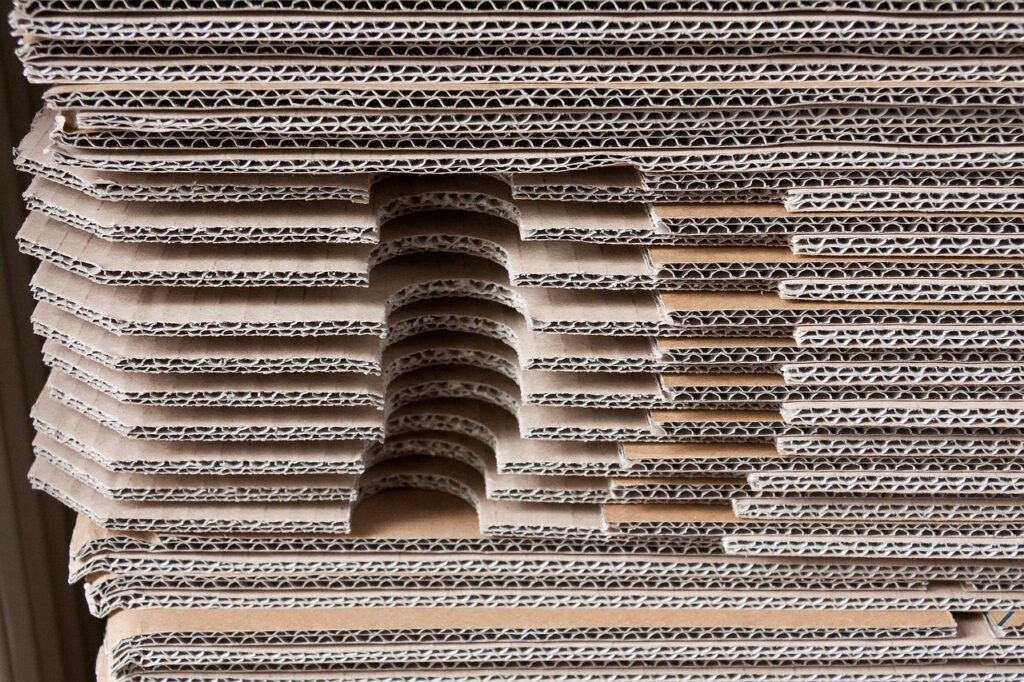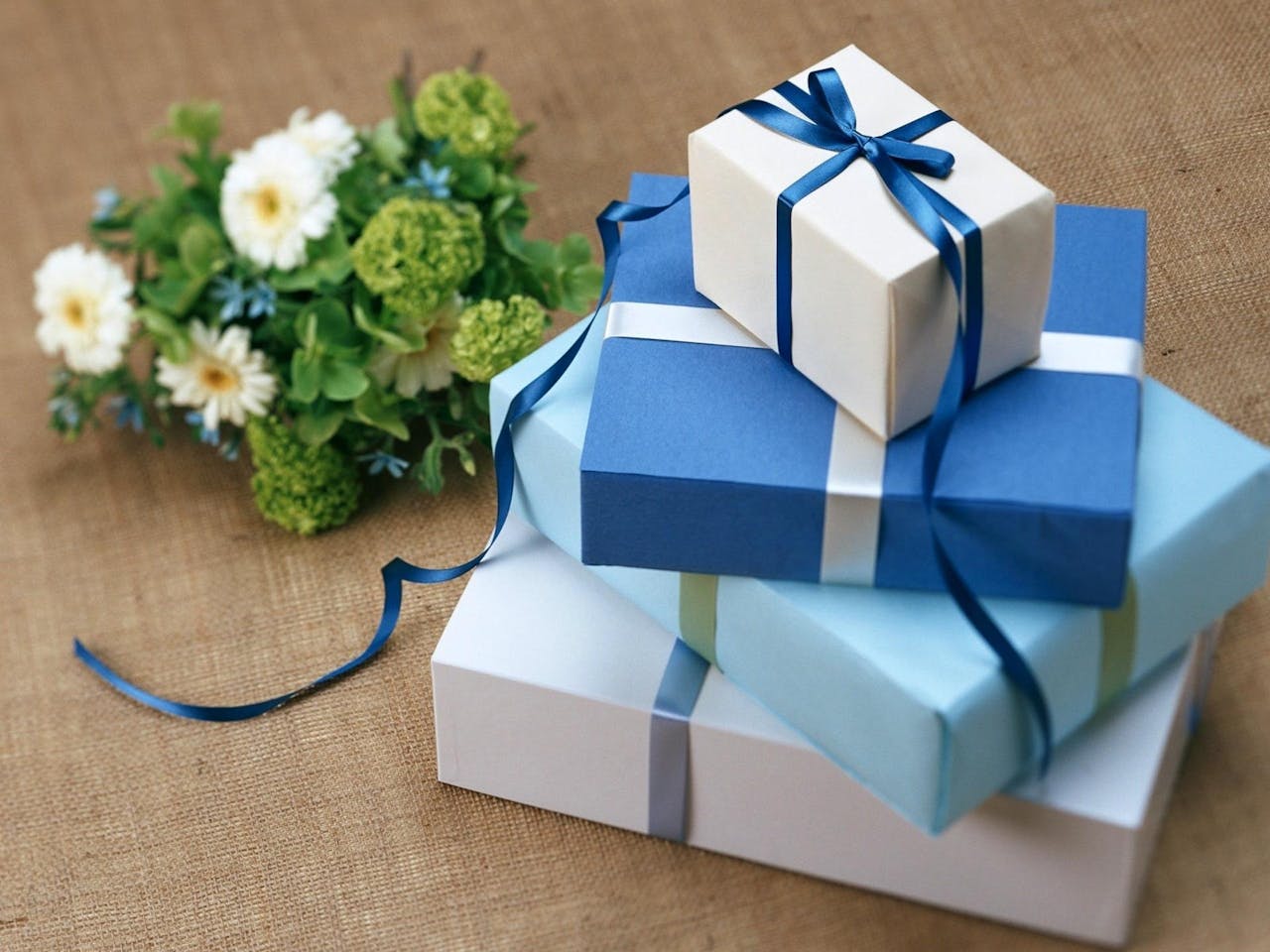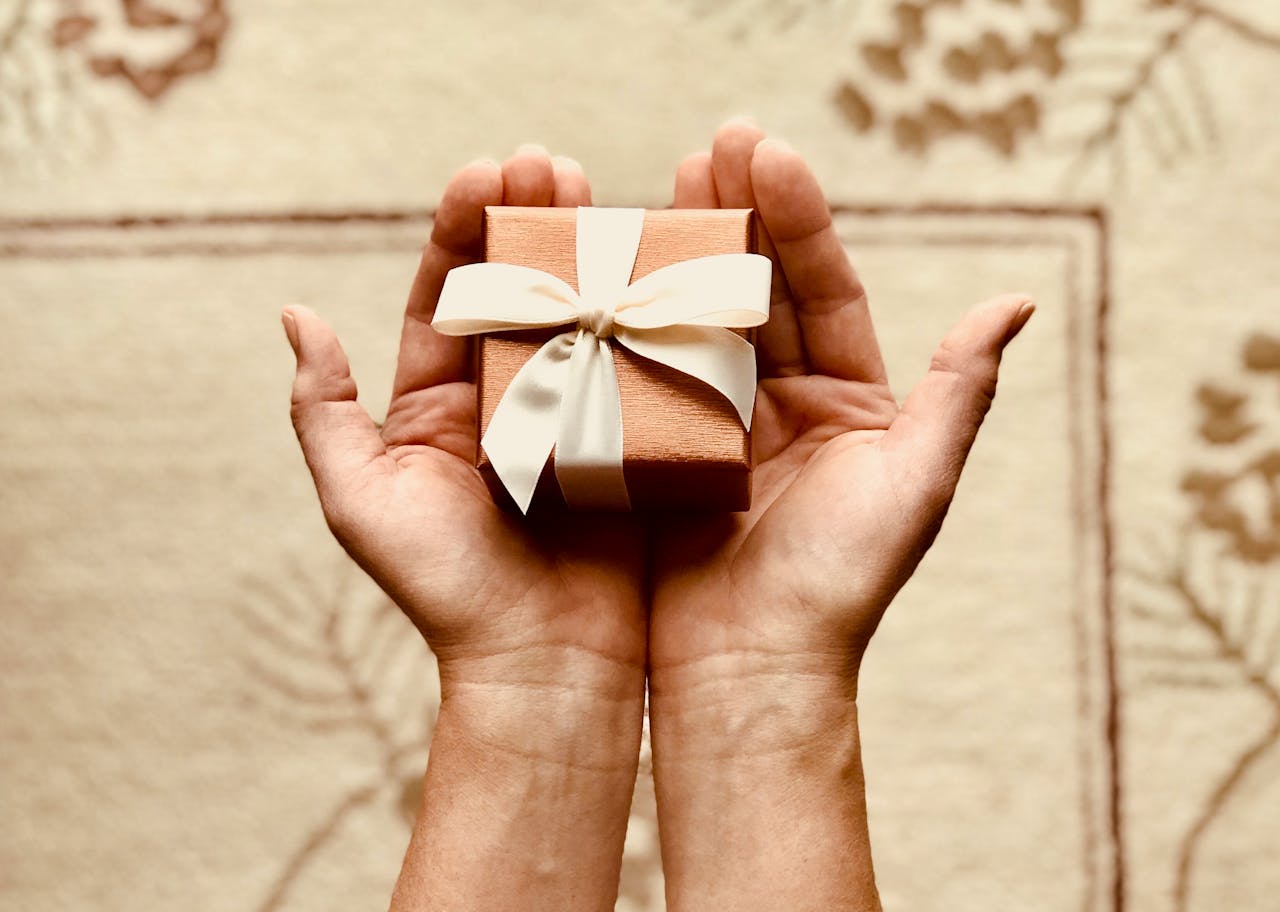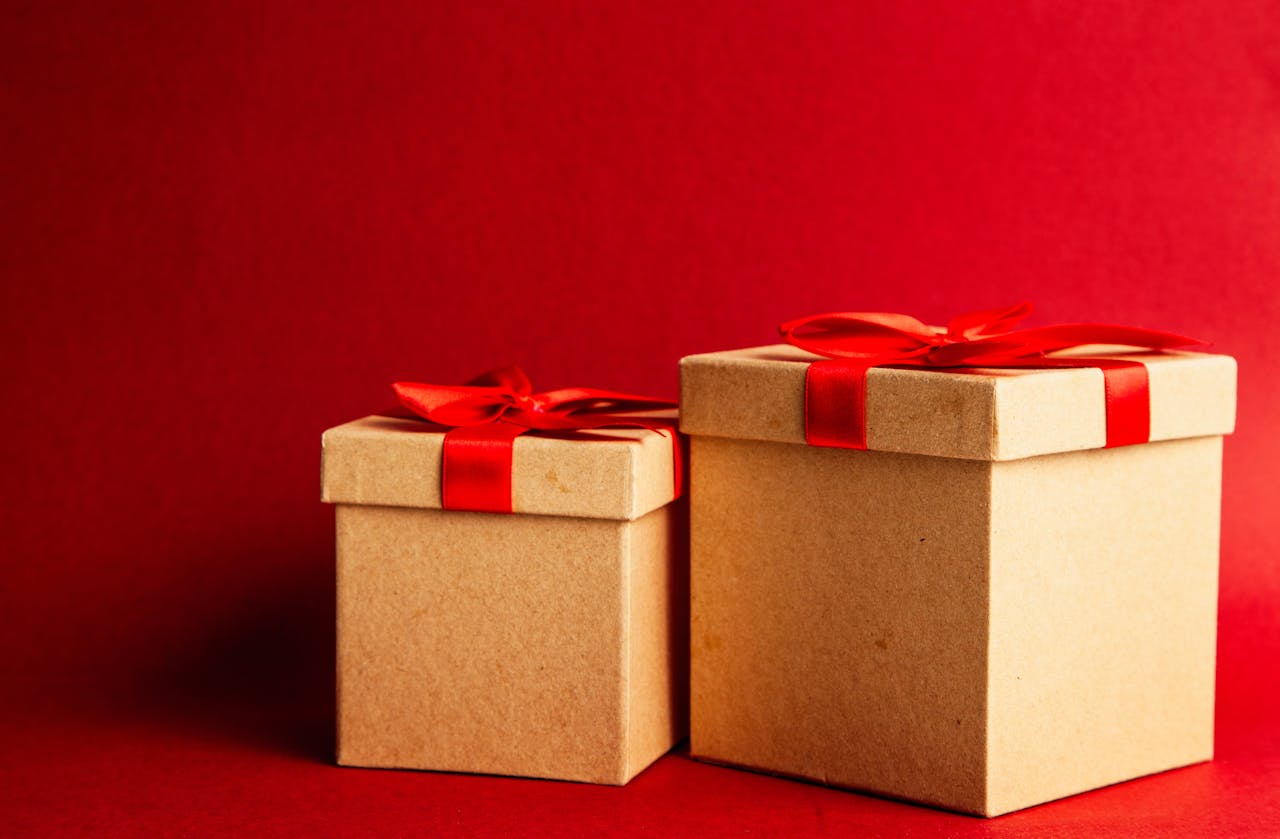The Unsung Hero of the Packaging Industry: Corrugated Boxes
In the world of packaging, where innovation and sustainability are becoming paramount, the corrugated box stands out as a timeless yet continually evolving solution. Corrugated boxes, often referred to as cardboard boxes, have been the backbone of the packaging industry for decades. Their durability, versatility, and eco-friendliness make them an indispensable choice for businesses and consumers alike. Let’s delve into why corrugated boxes are such a critical component of the packaging industry.
The Anatomy of a Corrugated Box

A corrugated box consists of three main parts:
- The Liner: The flat, outer surface layers of the box, which can be made from recycled paper, virgin kraft paper, or a blend of both.
- The Fluting: The wavy, fluted middle layer that provides rigidity and cushioning, ensuring the box can withstand substantial pressure and impacts.
- The Adhesive: The glue that binds the liner and fluting together, ensuring the structural integrity of the box.
The combination of these elements creates a lightweight yet strong material that can be easily cut and folded into various shapes and sizes, catering to different packaging needs.
Advantages of Corrugated Boxes
1. Durability and Strength
Corrugated boxes are designed to protect their contents during transit. The fluted middle layer acts as a cushion, absorbing shocks and impacts, making these boxes ideal for shipping delicate and fragile items. Their strength-to-weight ratio is impressive, allowing for efficient stacking and storage without compromising on protection.
2. Versatility
From small postal boxes to large export boxes, corrugated boxes can be customized to fit a wide range of products. They can be easily printed with branding and product information, enhancing the unboxing experience for consumers and providing an effective marketing tool for businesses.
3. Sustainability
One of the significant advantages of corrugated boxes is their eco-friendliness. They are made from renewable resources and are fully recyclable. The paper used in corrugated boxes often comes from recycled materials, and after their use, the boxes can be recycled again, creating a circular lifecycle that reduces environmental impact.
4. Cost-Effectiveness
Compared to other packaging materials, corrugated boxes are relatively inexpensive to produce. Their lightweight nature also reduces shipping costs, making them a cost-effective solution for businesses looking to optimize their logistics and supply chain management.
Innovations in Corrugated Packaging
The packaging industry is continually evolving, and corrugated boxes are no exception. Recent innovations include:
- Enhanced Printing Techniques: Advanced printing technologies allow for high-quality graphics and branding on corrugated boxes, making them more visually appealing and effective for marketing.
- Sustainable Coatings and Adhesives: Developments in eco-friendly coatings and adhesives improve the sustainability of corrugated boxes without compromising their performance.
- Smart Packaging: Integration of technologies such as RFID tags and QR codes into corrugated packaging for better inventory management and consumer engagement.
Conclusion
Corrugated boxes are more than just containers; they are essential to the packaging industry, providing a reliable, versatile, and sustainable solution for a wide range of applications. As businesses and consumers increasingly prioritize sustainability and efficiency, the role of corrugated boxes is set to become even more significant. Their adaptability to new technologies and trends ensures that they will continue to be a cornerstone of packaging for years to come.
At JRK Packaging Pvt Ltd, we take pride in manufacturing high-quality corrugated boxes that meet the diverse needs of our clients. Located in Vadodara, Gujarat, our commitment to excellence and sustainability drives us to innovate continuously and provide the best packaging solutions in the industry.


